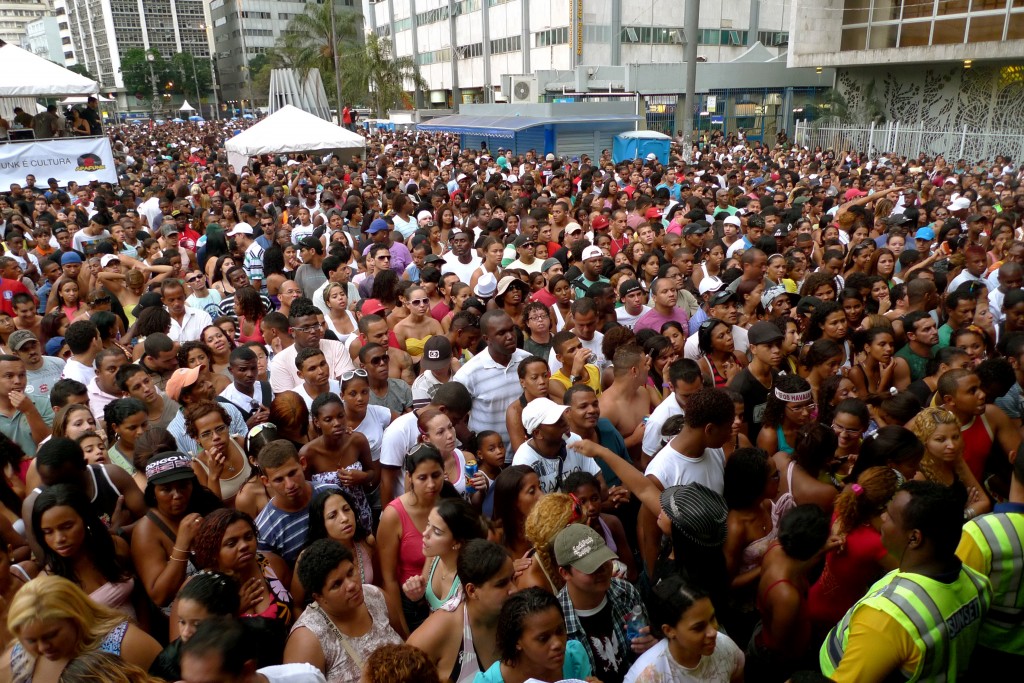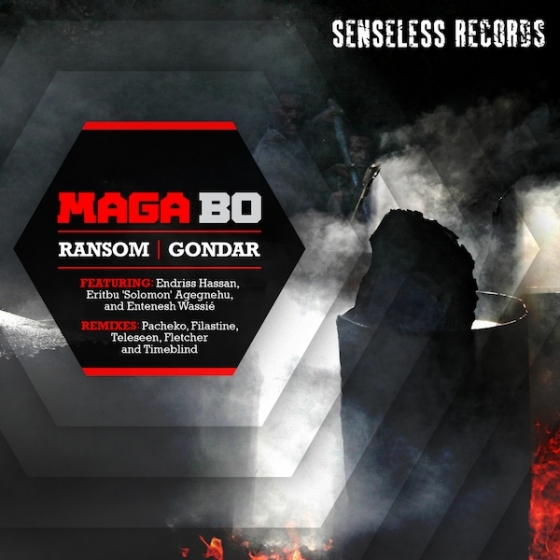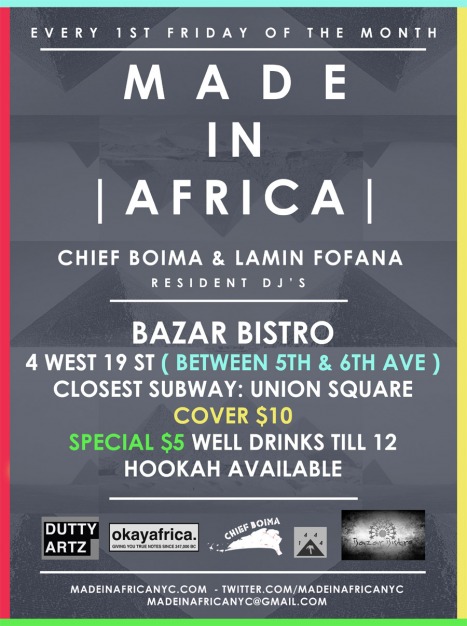A week before Rio Parada Funk, the largest baile funk ever, Brazil’s Institute for Historical Patrimony and National Art (IPHAN) informed the press that they were going to veto its location in the historical epicenter of Rio de Janeiro. They claimed they were worried about the effects of the bass on the windows of century old buildings like the Municipal Theatre and the National Library. A few days earlier the event’s organizers had agreed to IPHAN’s volume limits. But this agreement didn’t satisfy IPHAN. And they required the Parada to move to a different, less elegant, more blue collar street also in Centro.
Yet the most popular street Carnival bloco, Cordão da Bola Preta, which last year had about 2 million participants, has marched without sound limitation for years along the same route.
By transforming the prestigious center of Rio into a ten sound system deep celebration, organizers of the Parada Funk would make a claim of the centrality of funk carioca and assert their rights to the city. In recent years violent police take-overs (called “pacification”) of favelas have resulted in the shutting down of many community bailes. The Parada’s taking over Rio Branco Avenue, the former route of the Carnival samba school parade, would have enacted and symbolically placed funk in the same trajectory as samba, from criminalized, poor Afro-Brazilian music to national rhythm.
Yet organizers like Mateus, who produces Eu Amo Baile Funk, urged MCs and DJs not to talk to the press about prejudice against funk but to emphasize it as a celebration. An MC responded, “Funk is equal to samba. We’re here to show that funk is culture.” The Parada, which is the first major funk event to receive funding from the state–the Secretary of Culture–would have been unimaginable a few years ago.
[youtube]http://www.youtube.com/watch?v=SDWqxRhA25Y[/youtube]
Dado DJ on MPC, then DJ Grazy and DJ Leo tag-team to make up for the one working CDJ
A few days before the event, the location was moved once again–this time by the city–to a huge plaza closer to Rio Branco. Workshops and lectures ran from 10 am to noon, followed by performances by 50 DJs, 40 MCs and various dancers. When I arrived a little after 12pm, speakers were still being stacked by young men who hadn’t slept since disassembling the systems for Saturday night’s parties.
Ten sound systems with walls of between forty and one hundred stacked speakers–and one made of car sound systems– rumbled through funk’s for over eight hours. The afternoon started with freestyle, electro, and Miami Bass, moved to montages (montagems) mixing funk’s North American roots with Brazilian rapping, Candomblé drum rhythms, and sampled phrases from “Bang Bang” (Brazilian Westerns) movies, and ended with stripped down, beatboxed funk of contemporary “PC generation” of DJs, who create songs with “pirated” FL Studio, Sound Forge and Acid from loops exchanged over MSN.
At Cash Box and Big Mix–with each about 100 speakers–I could not stand near my friends DJ’ing. I am used to the bass which vibrates through my skin, chest, ribs. But the good quality of their speakers brought out a fuller range. I felt like my ears might bleed. My friend, Greg, claimed he saw windows wobble.
Over time, the crowd began to swell–different newspapers reported between 14,000 to 100,000–filling the plaza and nearby street. The mass of funkeiros,dancing, listening, remembering and reenacting, affirmed the power of this changing rhythm and asserted its legitimacy within the city.
Montagem do Tango (circa 1998)
[audio:http://nyc.duttyartz.com/mp3s/Montagem%20do%20Tango.mp3] [audio:http://nyc.duttyartz.com/mp3s/Montagem-Aquecimento Global (DJ Mandrake).mp3]













